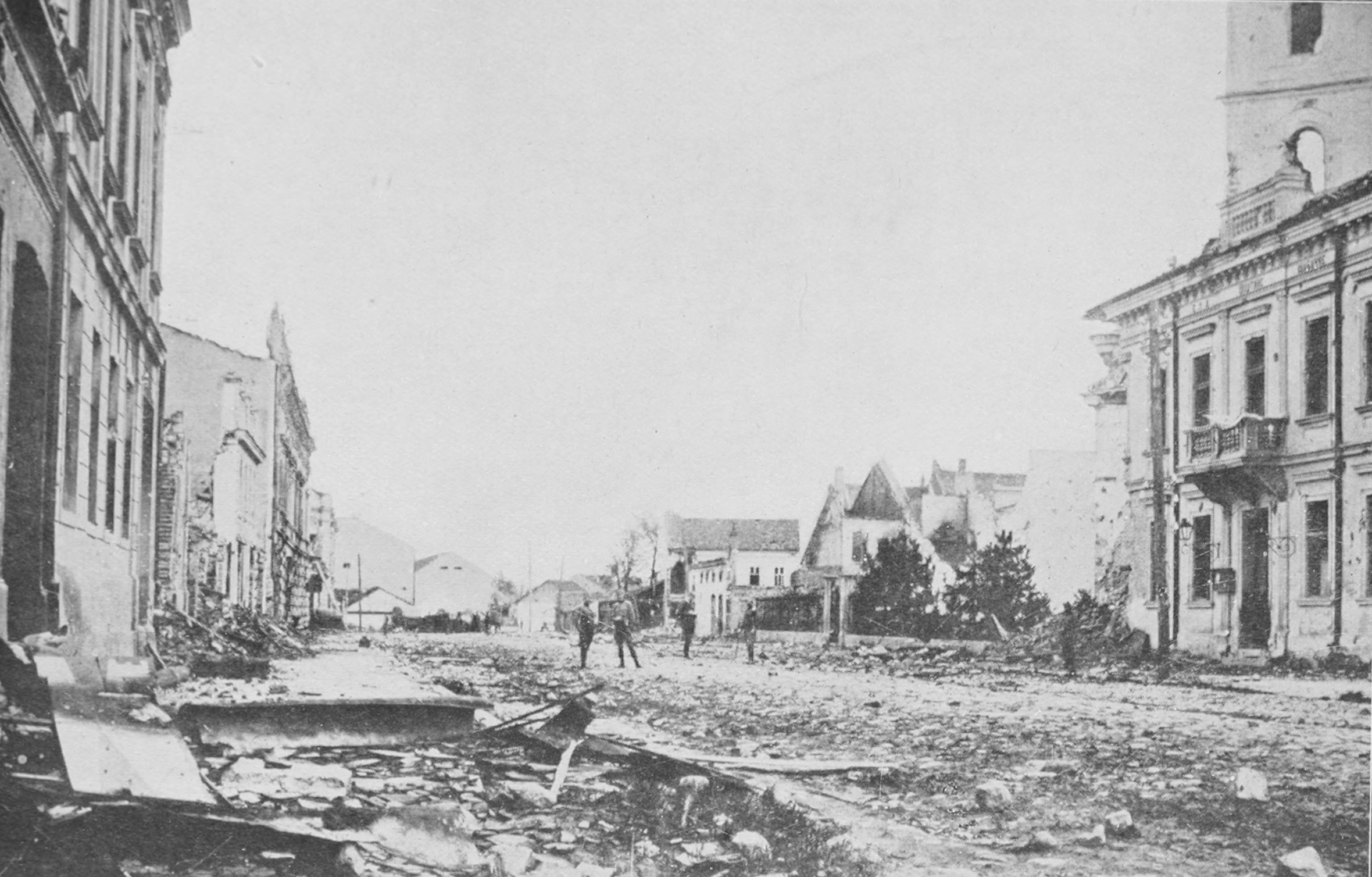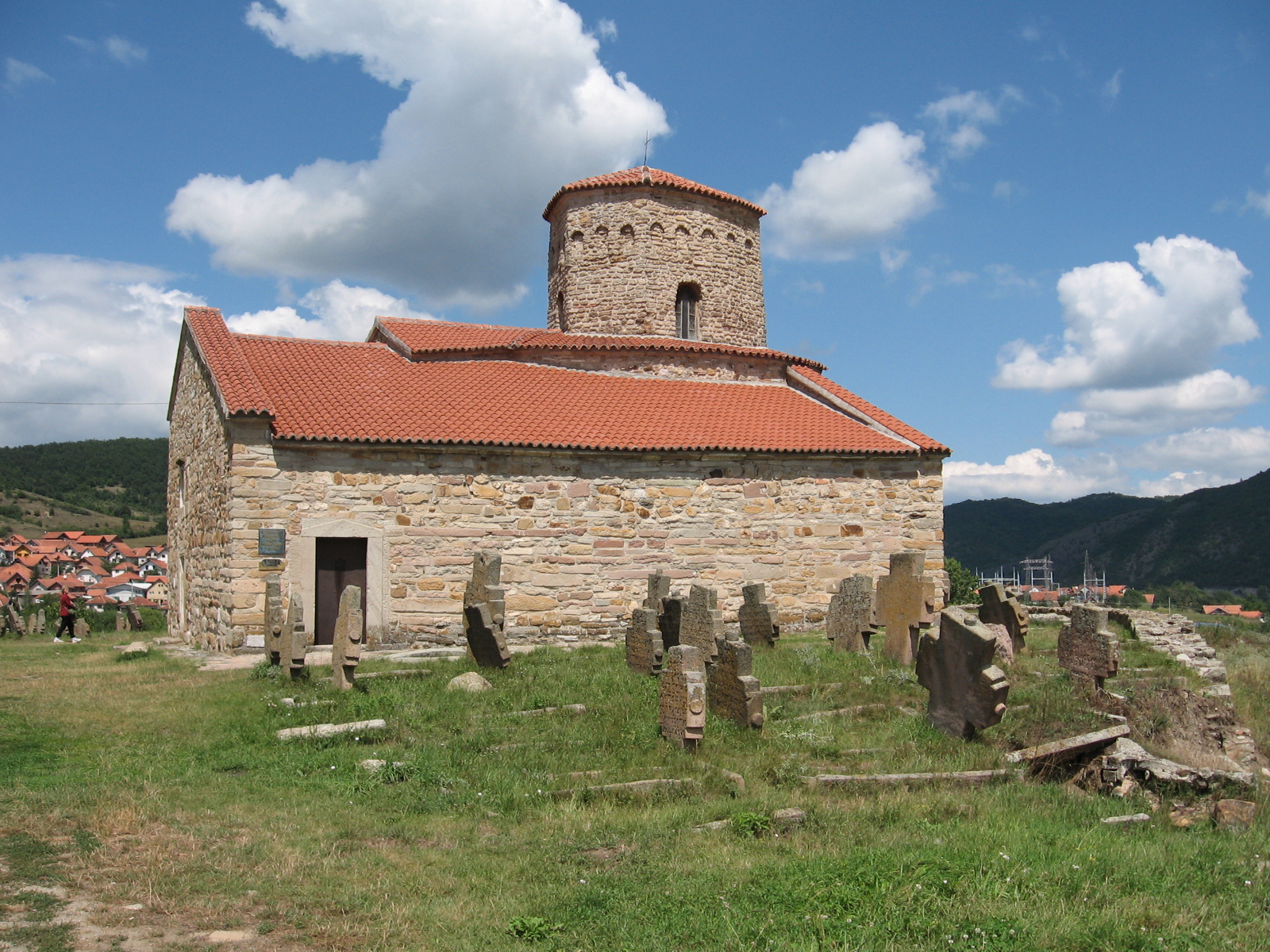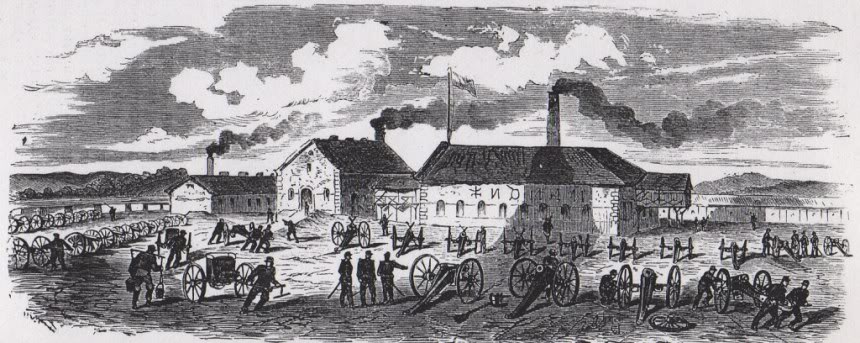|
1988–89 Yugoslav Second League
The 1988–89 Yugoslav Second League season was the 43rd season of the Second Federal League (), the second level association football competition of SFR Yugoslavia, since its establishment in 1946. Teams A total of twenty teams contested the league, including eight sides from the West and eight sides East Division from the 1987–88 season, two clubs relegated from the 1987–88 Yugoslav First League and two sides promoted from the Inter-Republic Leagues played in the 1987–88 season. The league was contested in a double round robin format, with each club playing every other club twice, for a total of 38 rounds. Two points were awarded for a win, while in case of a draw - penalty kicks were taken and the winner of the shootout was awarded one point while the loser got nothing. The 1988–89 season was the first to feature this tie-break system, and the Yugoslav FA's decision to implement this caused a lot of criticism and controversy. Apparently, the biggest proponent of the new ... [...More Info...] [...Related Items...] OR: [Wikipedia] [Google] [Baidu] |
Yugoslav Second League
Yugoslav Second League ( Bosnian: ''Druga savezna liga,'' Croatian: ''Druga savezna liga'', Serbian: ''Друга савезна лига'', Slovenian: ''Druga zvezna liga'', Macedonian: ''Втора сојузна лига'', ''Vtora sojuzna liga'') was the second tier football league of SFR Yugoslavia. The top clubs were promoted to the top tier, the Yugoslav First League. Although the Yugoslav First League had existed since 1923, the unified Second League was only introduced in 1947. It existed until 1992. League format Over the years, the league changed its format many times: *In 1946–47 each of the six Yugoslav federal republics had its own league (SR Bosnia and Herzegovina, SR Croatia, SR Macedonia, SR Montenegro, SR Serbia and SR Slovenia) *In 1947–48 the leagues were merged into a single national "Unified League" (''Jedinstvena liga'') *In 1952 each of the republics played its own second-level "Republic League" again (''Republička liga'') *In 1952–53 a num ... [...More Info...] [...Related Items...] OR: [Wikipedia] [Google] [Baidu] |
Banja Luka
Banja Luka ( sr-Cyrl, Бања Лука, ) or Banjaluka ( sr-Cyrl, Бањалука, ) is the List of cities in Bosnia and Herzegovina, second largest city in Bosnia and Herzegovina and the largest city in Republika Srpska. Banja Luka is the traditional centre of the densely forested Bosanska Krajina region of northwestern Bosnia (region), Bosnia. , the city proper has a population of 138,963, while its administrative area comprises a total of 185,042 inhabitants. The city is home to the University of Banja Luka and University Clinical Center of the Republika Srpska, as well as numerous entity and state institutions for Republika Srpska and Bosnia and Herzegovina, respectively. The city lies on the Vrbas (river), Vrbas river and is well known in the countries of the Socialist Federal Republic of Yugoslavia, former Yugoslavia for being full of tree-lined avenues, boulevards, gardens, and parks. Banja Luka was designated European city of sport in 2018. Name The name ''Banja Luka' ... [...More Info...] [...Related Items...] OR: [Wikipedia] [Google] [Baidu] |
Šabac
Šabac ( sr-Cyrl, Шабац, ) is a List of cities in Serbia, city and the administrative centre of the Mačva District in western Serbia. The traditional centre of the fertile Mačva region, Šabac is located on the right banks of the river Sava. , the city proper has population of 51,163, while its administrative area comprises 105,432 inhabitants. Name The name ''Šabac'' was first mentioned in Republic of Dubrovnik, Ragusan documents dating to 1454. The origin of the city's name is uncertain; it is possible its name comes from the name of the city's main river, the Sava. The city is known by a variety of different names: ''Zaslon'' in medieval Serbian, ''Szabács'' in Hungarian language, Hungarian, ''Böğürdelen'' in Turkish language, Turkish, and ''Schabatz'' in German language, German. History Archaeological evidence attests to more permanent settlement in the area from the Neolithic. In the Middle Ages, a Slavs, Slavic settlement named ''Zaslon'' existed at the cur ... [...More Info...] [...Related Items...] OR: [Wikipedia] [Google] [Baidu] |
Strumica
Strumica (, ) is the largest city2002 census results in English and Macedonian (PDF) in southeastern , near the Novo Selo-Petrich border crossing with . About 54,676 people live in the region surrounding the city. It is named after the Strumica River which runs through it. The city of Strumica is the seat of [...More Info...] [...Related Items...] OR: [Wikipedia] [Google] [Baidu] |
Prizren
Prizren ( sq-definite, Prizreni, ; sr-cyr, Призрен) is the second List of cities and towns in Kosovo, most populous city and Municipalities of Kosovo, municipality of Kosovo and seat of the eponymous municipality and District of Prizren, district. It is located on the banks of the Prizren Bistrica, Prizren River between the foothills of the Sharr Mountains in southern Kosovo. Prizren experiences a continental climate with some mediterranean climate, mediterranean influences. Prizren is constitutionally designated as the historical capital of the country. Archaeological excavations in Prizren Fortress indicate that its fortress area has seen habitation and use since the Bronze Age. Prizren has been traditionally identified with the settlement of Theranda in Roman Dardania (Roman province), Dardania, although other locations have been suggested in recent research. In late antiquity it was part of the defensive fortification system in western Dardania and the fort was recons ... [...More Info...] [...Related Items...] OR: [Wikipedia] [Google] [Baidu] |
Pristina
Pristina or Prishtina ( , ), . is the capital and largest city of Kosovo. It is the administrative center of the eponymous municipality and District of Pristina, district. In antiquity, the area of Pristina was part of the Dardanian Kingdom. The heritage of the classical era is represented by the settlement of Ulpiana. After the Roman Empire was divided into a western and an eastern half, the area remained within the Byzantine Empire between the 5th and 9th centuries. In the middle of the 9th century, it was ceded to the First Bulgarian Empire, before falling again under Byzantine occupation in the early 11th century and then in the late 11th century to the Second Bulgarian Empire. The growing Kingdom of Serbia (medieval), Kingdom of Serbia annexed the area in the 13th century and it remained under the Serbian Empire in the 14th century up to the start of the Ottoman era (1389–1455). The next centuries would be characterized by Ottoman Empire, Ottoman rule. During this per ... [...More Info...] [...Related Items...] OR: [Wikipedia] [Google] [Baidu] |
Novi Pazar
Novi Pazar ( sr-cyr, Нови Пазар) is a List of cities in Serbia, city located in the Raška District of southwestern Serbia. As of the 2022 census, the urban area has 71,462 inhabitants, while the city administrative area has 106,720 inhabitants. The city is the cultural center of the Bosniaks in Serbia and of Sandžak. A multicultural area of Muslims and Eastern Orthodox, Orthodox Christians, many monuments of both religions, like the Altun-Alem Mosque and the Church of Saint Apostles Peter and Paul (Novi Pazar), Church of the Holy Apostles Peter and Paul, are located in the region which has a total of 30 protected monuments of culture. Name During the 14th century under the old Serbian fortress of Stari Ras, an important market-place named ''Trgovište'' started to develop. By the middle of the 15th century, in the time of the final Ottoman Empire conquest of Old Serbia, another market-place was developing some 11 km to the east. The older place became known as ''St ... [...More Info...] [...Related Items...] OR: [Wikipedia] [Google] [Baidu] |
Nikšić
Nikšić (Cyrillic script, Cyrillic: Никшић, ), is the second largest city in Montenegro, with a total population of 32,046 (2023 census) located in the west of the country, in the centre of the spacious Nikšić field at the foot of Trebjesa Hill. It is the center of Nikšić Municipality with population of 65,705 according to 2023 census, which is the largest municipality by area and second most inhabited after Podgorica. It was also the largest municipality by area in the former Yugoslavia. It is an important industrial, cultural, and educational center. Name In classical antiquity, the area of Nikšić was the site of the settlement of the Illyrians, Illyrian tribe of the Endirudini and was known in sources of the time as Anderba or Enderon. The Roman Empire built a Castra, military camp (''castrum Anderba'') in the 4th century AD, which was known as the Ostrogothic fortress ''Anagastum'' (after 459. AD). After Slavic settlement in the region, Anagastum became Slavic ''Ono ... [...More Info...] [...Related Items...] OR: [Wikipedia] [Google] [Baidu] |
Ljubljana
{{Infobox settlement , name = Ljubljana , official_name = , settlement_type = Capital city , image_skyline = {{multiple image , border = infobox , perrow = 1/2/2/1 , total_width = 260 , align = center , caption_align = center , image1 = Ljubljana made by Janez Kotar.jpg , caption1 = Ljubljana old town , image2 = Ljubljana Robba fountain (23665322093).jpg , caption2 = Town Hall , image3 = LOpéra-Ballet (Ljubljana) (9408363203).jpg , caption3 = Opera House , image4 = Dragon on the Dragon Bridge in Ljubljana-3906673.jpg , caption4 = Dragon Bridge , image5 = Ljubljana (36048969485).jpg , caption5 = University of Ljubljana , image6 = Le Château de Ljubljana et la place du ... [...More Info...] [...Related Items...] OR: [Wikipedia] [Google] [Baidu] |
Kragujevac
Kragujevac ( sr-Cyrl, Крагујевац, ) is the List of cities in Serbia, fourth largest city in Serbia and the administrative centre of the Šumadija District. It is the historical centre of the geographical region of Šumadija in central Serbia, and is situated on the banks of the Lepenica (Great Morava), Lepenica River. According to the 2022 census, City of Kragujevac has 171,186 inhabitants. Kragujevac was the first capital of modern Serbia and the first constitution in the Balkans, the Sretenje Constitution, was proclaimed in the city in 1835. A unit of the Scottish Women's Hospitals for Foreign Service was located there in World War I. During the Second World War, Kragujevac was the site of a Kragujevac massacre, massacre by the Nazis in which 2,778 Serb men and boys were killed. Modern Kragujevac is known for its large munitions (Zastava Arms) and automobile (Fiat Serbia) industries, as well as its status as an education centre housing the University of Kragujevac, one ... [...More Info...] [...Related Items...] OR: [Wikipedia] [Google] [Baidu] |
Kikinda
Kikinda ( sr-Cyrl, Кикинда, ; ) is a List of cities in Serbia, city and the administrative center of the North Banat District in Serbia. The city's urban area has 32,084 inhabitants, while the city administrative area has 49,326 inhabitants. The city was founded in the 18th century. From 1774 to 1874 Kikinda was the seat of the District of Velika Kikinda, an autonomous administrative unit of Habsburg monarchy. In 1893, Kikinda was granted the status of a city. The city became part of the Kingdom of Serbia (and Kingdom of Serbs, Croats and Slovenes) in 1918, and it lost the city status. The status was re-granted in 2016. In 1996, the well-preserved archaeological remnants of a half a million-year-old mammoth were excavated on the outer edge of the town area. The mammoth called "Kika" has become one of the symbols of the town. Today it is exhibited in the National Museum of Kikinda. Other attractions of the city are the Suvača – a unique Horse mill, horse-powered dry m ... [...More Info...] [...Related Items...] OR: [Wikipedia] [Google] [Baidu] |
Dubrovnik
Dubrovnik, historically known as Ragusa, is a city in southern Dalmatia, Croatia, by the Adriatic Sea. It is one of the most prominent tourist destinations in the Mediterranean Sea, Mediterranean, a Port, seaport and the centre of the Dubrovnik-Neretva County. In 2021, its total population was 41,562. Recognizing its outstanding medieval architecture and fortifications, UNESCO inscribed the Old City of Dubrovnik as a World Heritage Site in 1979. The history of the city probably dates back to the 7th century, when the town known as was founded by refugees from Epidaurum (). It was under protectorate of the Byzantine Empire and later under the sovereignty of the Republic of Venice. Between the 14th and 19th centuries, Dubrovnik ruled itself as a Free state (polity), free state. The prosperity of the city was historically based on trade, maritime trade; as the capital of the maritime Republic of Ragusa, it achieved a high level of development, particularly during the 15th and 16t ... [...More Info...] [...Related Items...] OR: [Wikipedia] [Google] [Baidu] |








